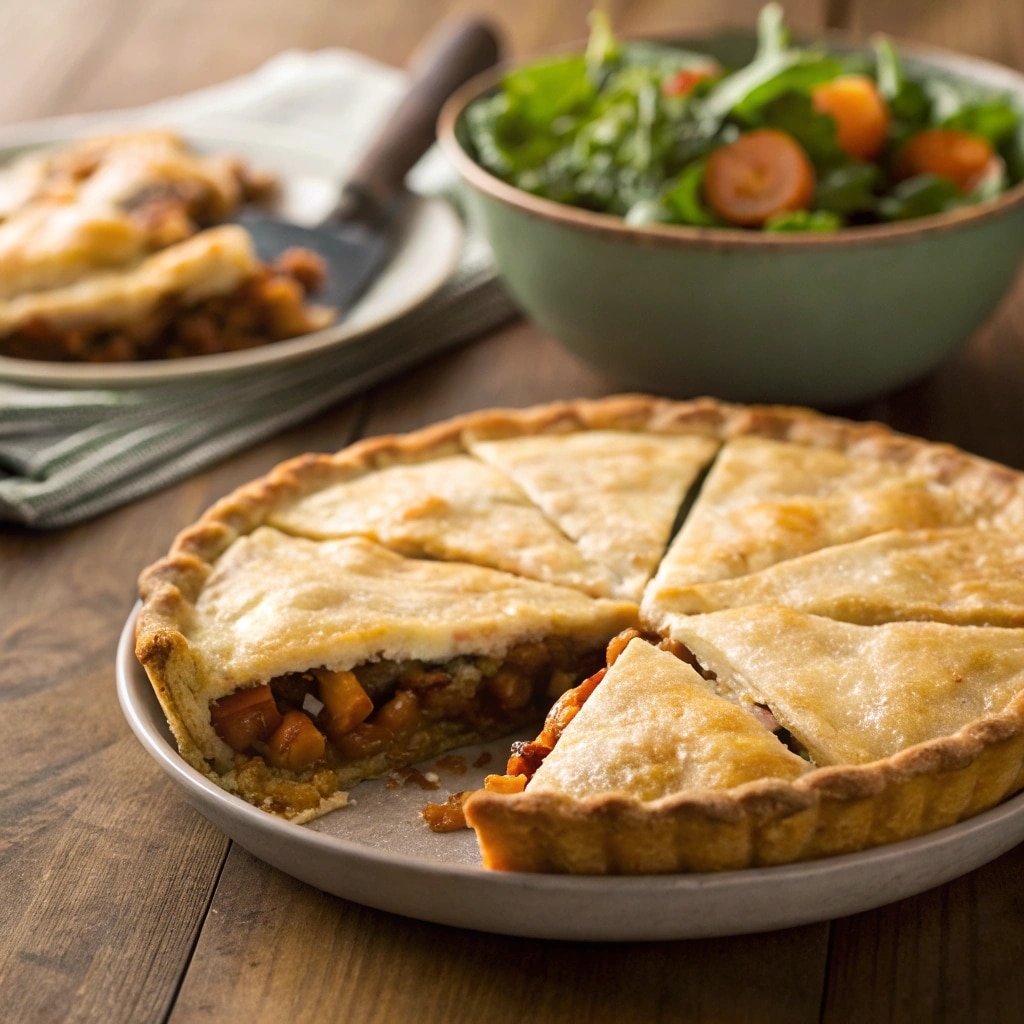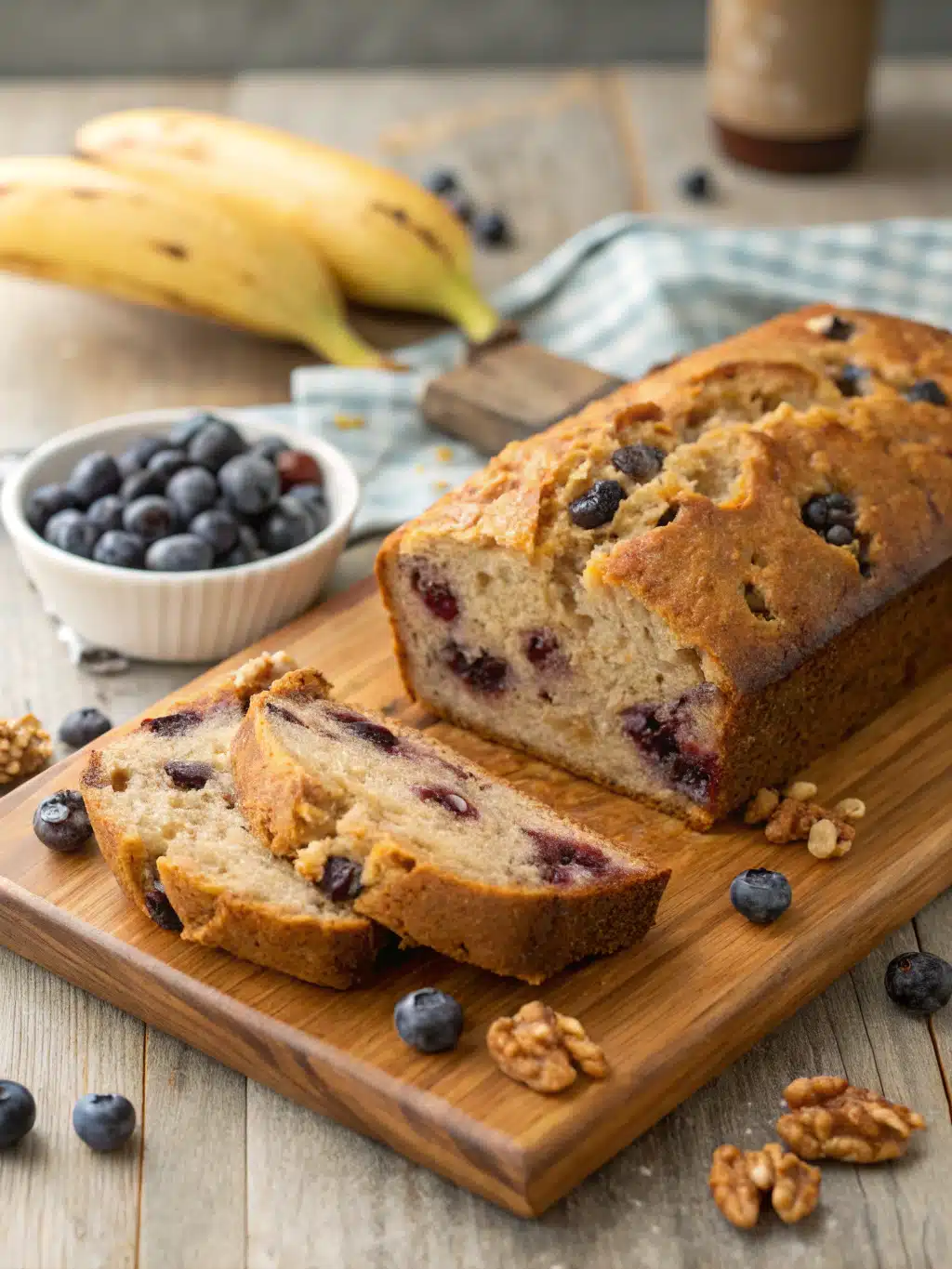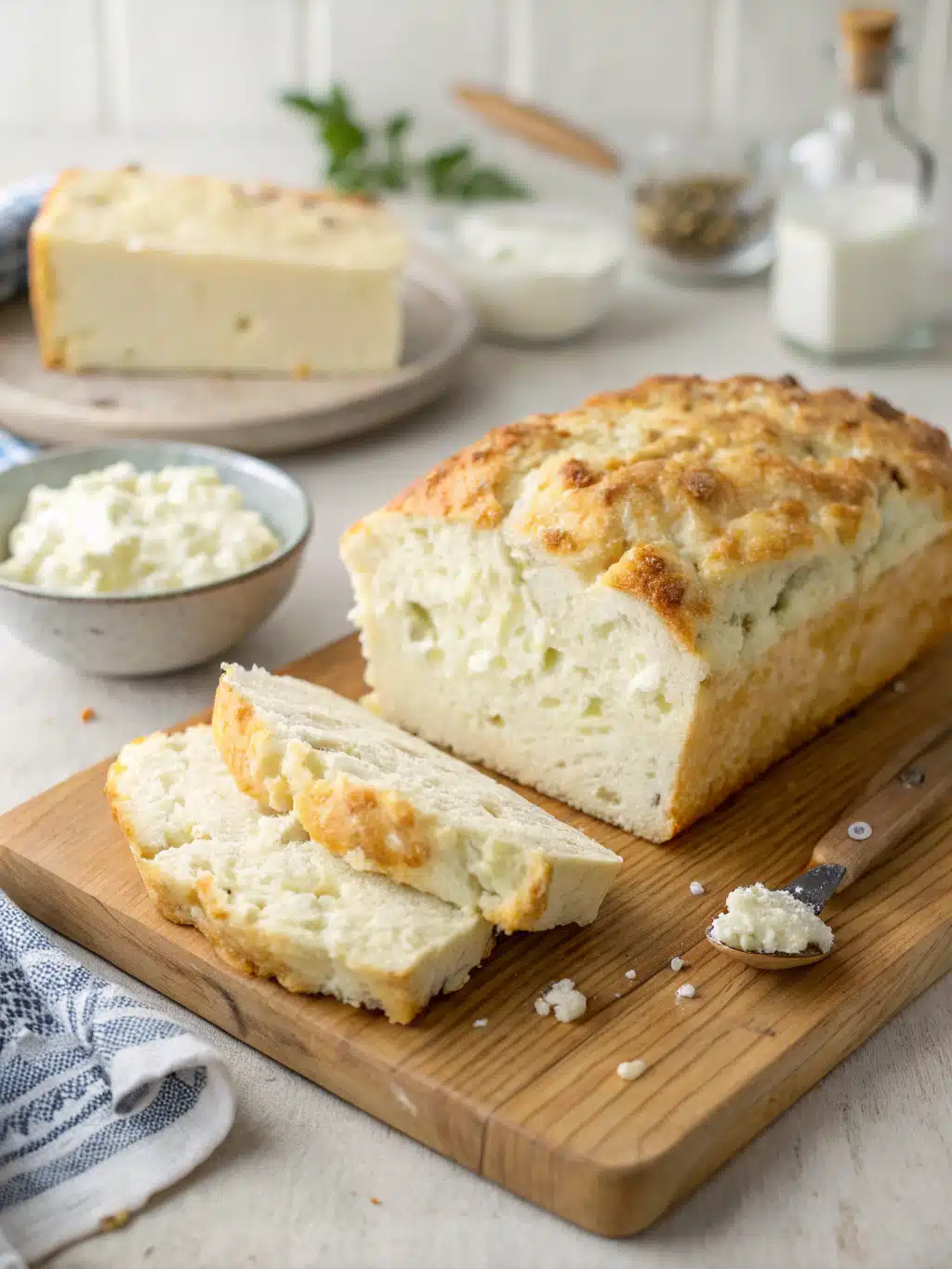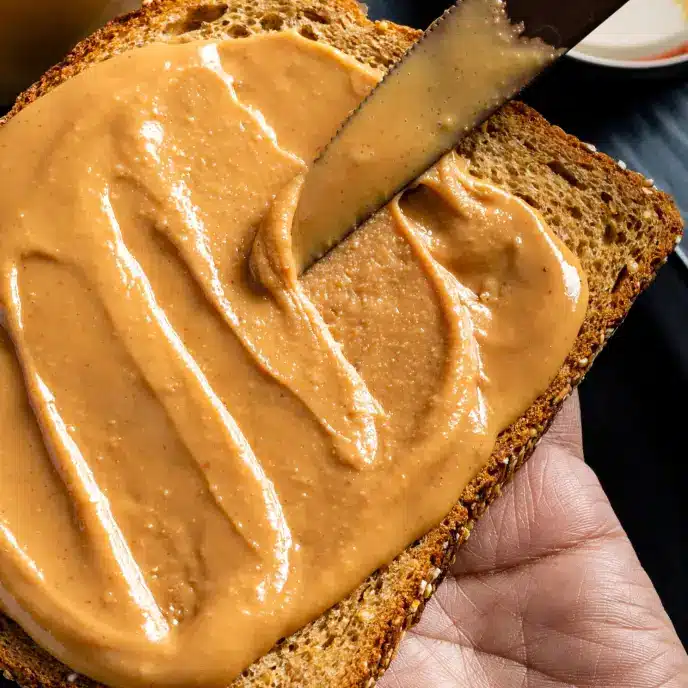Sharing is caring!
Kuku Sabzi Recipe
Why You’ll Love Kuku Sabzi?
Kuku sabzi is a vibrant Persian herb frittata bursting with fresh flavors and aromatic herbs. This dish is perfect for breakfast, brunch, or even a light dinner—packed with nutrients and ready in just 30 minutes. Whether you’re a fan of Mediterranean cuisine or looking for a quick, healthy meal, kuku sabzi delivers a satisfying bite every time. Pair it with a refreshing citrus juice for a complete, energizing meal.
Table of Contents
- Ingredients to make kuku sabzi
- Time needed to make kuku sabzi?
- Quick Steps to Make Kuku Sabzi?
- Is kuku sabzi healthy and nutritious ?
- Can I make kuku sabzi healthier and still delicious?
- How to Serve Kuku Sabzi?
- Avoid These Mistakes
- The best way to store leftover kuku sabzi
- Ready to give kuku sabzi a try?
- Frequently Asked Questions
Ingredients to make kuku sabzi
- 2 cups finely chopped fresh parsley
- 1 cup finely chopped fresh cilantro
- 1 cup finely chopped fresh dill
- 1/2 cup finely chopped green onions
- 1/4 cup finely chopped fresh chives
- 4 large eggs
- 1/4 cup all-purpose flour
- 1 teaspoon baking powder
- 1 teaspoon ground turmeric
- 1/2 teaspoon ground cumin
- 1/4 teaspoon ground black pepper
- 1/2 teaspoon salt (adjust to taste)
- 1/4 cup chopped walnuts (optional)
- 1/4 cup barberries (optional)
- 3 tablespoons olive oil (for cooking)
Time needed to make kuku sabzi?
This vibrant Persian herb frittata comes together in just 30 minutes—perfect for busy weeknights or a quick brunch. Here’s the breakdown:
- Prep time: 15 minutes (chopping herbs, whisking eggs)
- Cook time: 12–15 minutes (stovetop to oven)
- Total time: 27–30 minutes
For even faster prep, use pre-washed greens or a herb-heavy green juice blend as a shortcut. The flavors stay bold!
Quick Steps to Make Kuku Sabzi?
Step 1: Prep the fresh herbs
Finely chop parsley, cilantro, and dill. You’ll need about 4 cups total for a vibrant, herb-packed kuku sabzi.
Step 2: Whisk the eggs
Beat 6 eggs in a large bowl until frothy. Add turmeric, salt, and black pepper for depth.
Step 3: Combine herbs and eggs
Fold the chopped herbs into the egg mixture. For extra texture, stir in chopped walnuts or barberries.
Step 4: Cook on the stovetop
Heat olive oil in a nonstick skillet. Pour in the herb-egg mix, spreading it evenly. Cook on medium-low for 10 minutes.
Step 5: Finish under the broiler
Transfer the skillet to the oven and broil for 3–5 minutes until the top is golden. Slice and serve warm or at room temperature.
Is kuku sabzi healthy and nutritious ?
Kuku sabzi is packed with nutrients, making it a powerhouse of vitamins and minerals. Loaded with fresh herbs like parsley, cilantro, and dill, this Persian frittata is rich in antioxidants, fiber, and essential vitamins like A, C, and K. Eggs provide high-quality protein, while walnuts add healthy fats and omega-3s. For a deeper dive into nutrient-rich dishes, check out our anti-inflammatory turmeric salad or Mediterranean chickpea salad.
According to nutrition experts, incorporating herbs into meals boosts digestion and immunity. Additionally, studies suggest that plant-based ingredients in kuku sabzi support heart health and reduce inflammation.
Can I make kuku sabzi healthier and still delicious?
Absolutely! Kuku sabzi is already packed with nutrient-rich herbs, but you can tweak the recipe to make it even healthier without sacrificing flavor. Here are some smart swaps and tips:
1. Reduce the Oil
Traditional kuku sabzi uses a generous amount of oil for frying. Instead, try baking it in the oven at 375°F (190°C) for 20-25 minutes. Lightly grease the pan with olive oil spray or use a non-stick skillet to minimize oil.
2. Boost the Greens
Add more nutrient-dense greens like spinach, kale, or Swiss chard to the herb mix. These greens are rich in vitamins A, C, and K, as well as iron and calcium. For more green-packed recipes, check out our green juice recipe.
3. Use Egg Whites or a Vegan Substitute
To cut down on cholesterol, replace half the eggs with egg whites or use a flaxseed or chia seed mixture (1 tbsp ground seeds + 3 tbsp water per egg). This works well if you’re looking for a plant-based alternative.
4. Add More Protein
Stir in crumbled feta, goat cheese, or even cooked lentils for extra protein. If you love Mediterranean flavors, try pairing it with our chickpea salad for a complete meal.
5. Skip the Deep-Frying
Instead of deep-frying, opt for a shallow pan-fry or bake it as a frittata. This method retains the crispiness while reducing excess oil. For more baking tips, see this guide on healthier baking.
With these adjustments, your kuku sabzi will still be bursting with flavor while being lighter and more nutrient-packed. Enjoy experimenting!
How to Serve Kuku Sabzi?
Kuku sabzi is a versatile dish that pairs beautifully with various sides and accompaniments. For a traditional Persian meal, serve it warm with a side of Mediterranean chickpea salad and flatbread like lavash or sangak. The fresh herbs in the frittata complement the earthy flavors of the salad perfectly.
If you’re looking for a lighter option, try pairing it with a turmeric-infused salad for an anti-inflammatory boost. For a heartier meal, serve alongside braised short ribs or barbecue roasted chicken for a protein-rich feast.
Garnish with extra fresh herbs, a dollop of yogurt, or a sprinkle of sumac for added tang. It also makes a fantastic brunch dish when served with a refreshing kiwi agua fresca or a glass of watermelon juice.
Avoid These Mistakes
Making kuku sabzi is simple, but a few missteps can affect its texture and flavor. Here’s what to watch out for:
Overcrowding the Pan
Using too many herbs can make your frittata dense. Stick to the recommended herb-to-egg ratio for a light, fluffy texture. For herb-heavy dishes, check out our anti-inflammatory turmeric salad for balancing flavors.
Skipping the Resting Time
Letting the batter sit for 10 minutes helps the flavors meld. Rushing this step? Your kuku sabzi might taste uneven. Need quick meal ideas? Try this vegan split pea soup for a no-wait option.
High Heat Cooking
Medium-low heat ensures even cooking without burning the bottom. Burnt edges ruin the delicate herb flavor. For perfect heat control tips, see this beef stew guide.
Neglecting Egg Whisking
Undermixed eggs lead to a flat frittata. Whisk vigorously for airiness. For more egg-based recipes, explore our avocado egg salad.
Want dessert inspiration after your Persian feast? These pumpkin cream cheese cookies are a crowd-pleaser.
The best way to store leftover kuku sabzi
Proper storage keeps your kuku sabzi fresh and flavorful for days. Let it cool completely before transferring to an airtight container—this prevents condensation and sogginess. For best results, layer parchment paper between slices if stacking.
Refrigerate leftovers for up to 4 days. To reheat, warm slices in a skillet over low heat or microwave at 50% power for 30-second intervals. Freezing works too! Wrap individual portions tightly in foil or freezer-safe bags for up to 2 months. Thaw overnight in the fridge before reheating.
For meal prep, bake a double batch and freeze half—kuku sabzi makes a perfect quick lunch paired with a fresh salad. Need more freezer-friendly ideas? Try these make-ahead stews or plant-based soups. Pro tip: Label containers with dates to track freshness!
Love herbs? Preserve extra parsley or cilantro using our herb-storing tricks from this green juice guide.
Ready to give kuku sabzi a try?
This vibrant Persian herb frittata is a game-changer for quick, nutritious meals. With its bold flavors and simple preparation, kuku sabzi is perfect for breakfast, brunch, or even a light dinner. If you loved this recipe, explore more herb-packed dishes or protein-rich salads for a wholesome meal lineup. For a refreshing drink pairing, try our kiwi agua fresca or an energizing detox juice. Happy cooking!
Frequently Asked Questions
What is kuku sabzi?
Kuku sabzi is a Persian herb frittata packed with fresh greens, herbs, and eggs. It’s a flavorful, nutrient-dense dish often served during Nowruz (Persian New Year) but enjoyed year-round.
Can I make kuku sabzi ahead of time?
Yes! Kuku sabzi tastes great at room temperature or slightly reheated. Store it properly in the fridge for up to 3 days or freeze for longer storage.
What herbs work best in kuku sabzi?
Traditional recipes use parsley, cilantro, dill, and chives. You can adjust the herb ratios based on your preference, but keep the total volume roughly the same.
Is kuku sabzi gluten-free?
Yes, the basic kuku sabzi recipe is naturally gluten-free. Some variations add flour or breadcrumbs, but these can easily be omitted or substituted with gluten-free alternatives.
How do I prevent my kuku sabzi from falling apart?
Make sure to use enough eggs to bind the herbs, cook it thoroughly, and let it rest for 5-10 minutes before slicing. A non-stick pan also helps with easy removal.
Can I make kuku sabzi vegan?
While traditional kuku sabzi uses eggs, you can experiment with vegan egg substitutes like chickpea flour or silken tofu. The texture will be different but still delicious.











